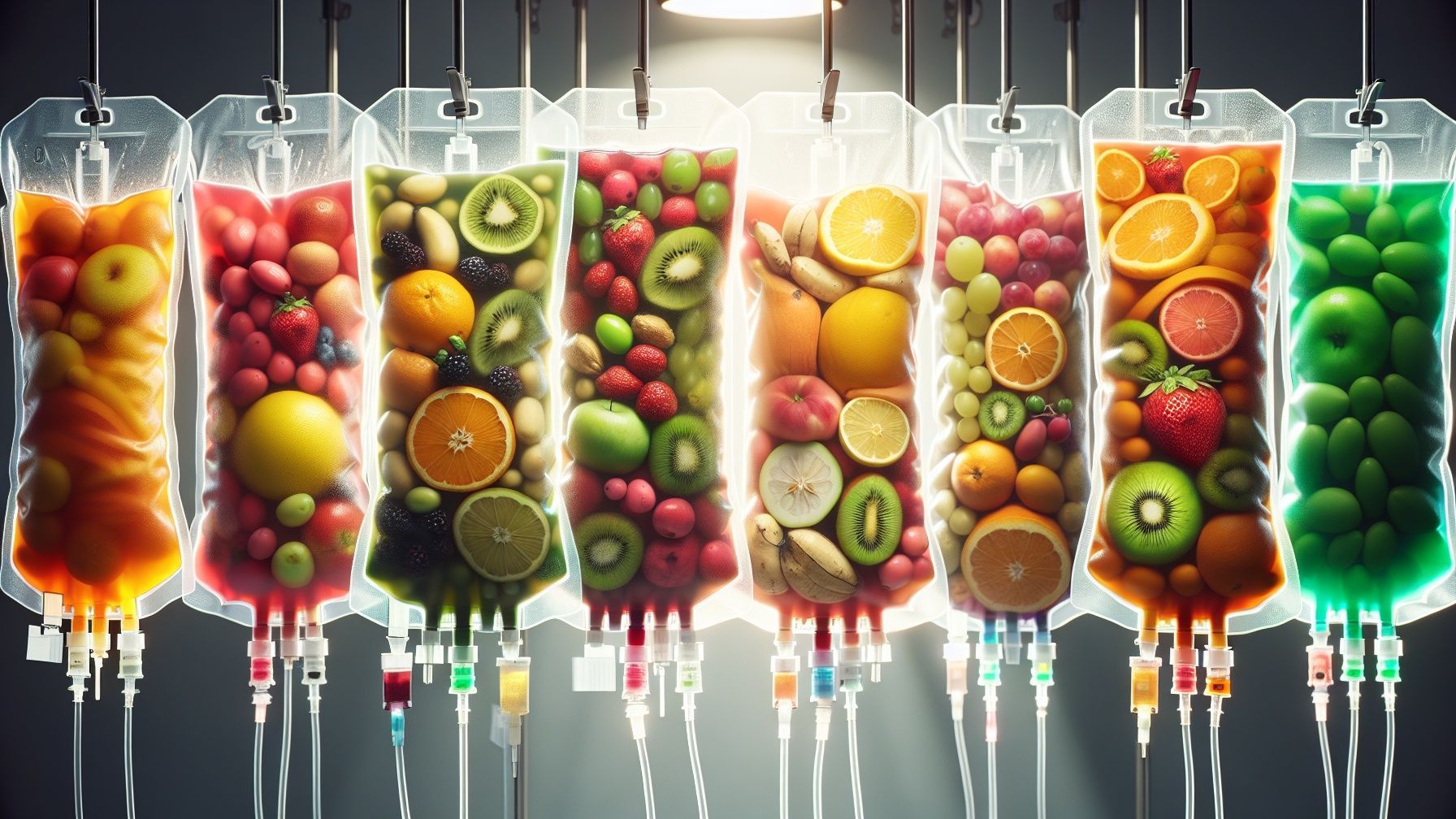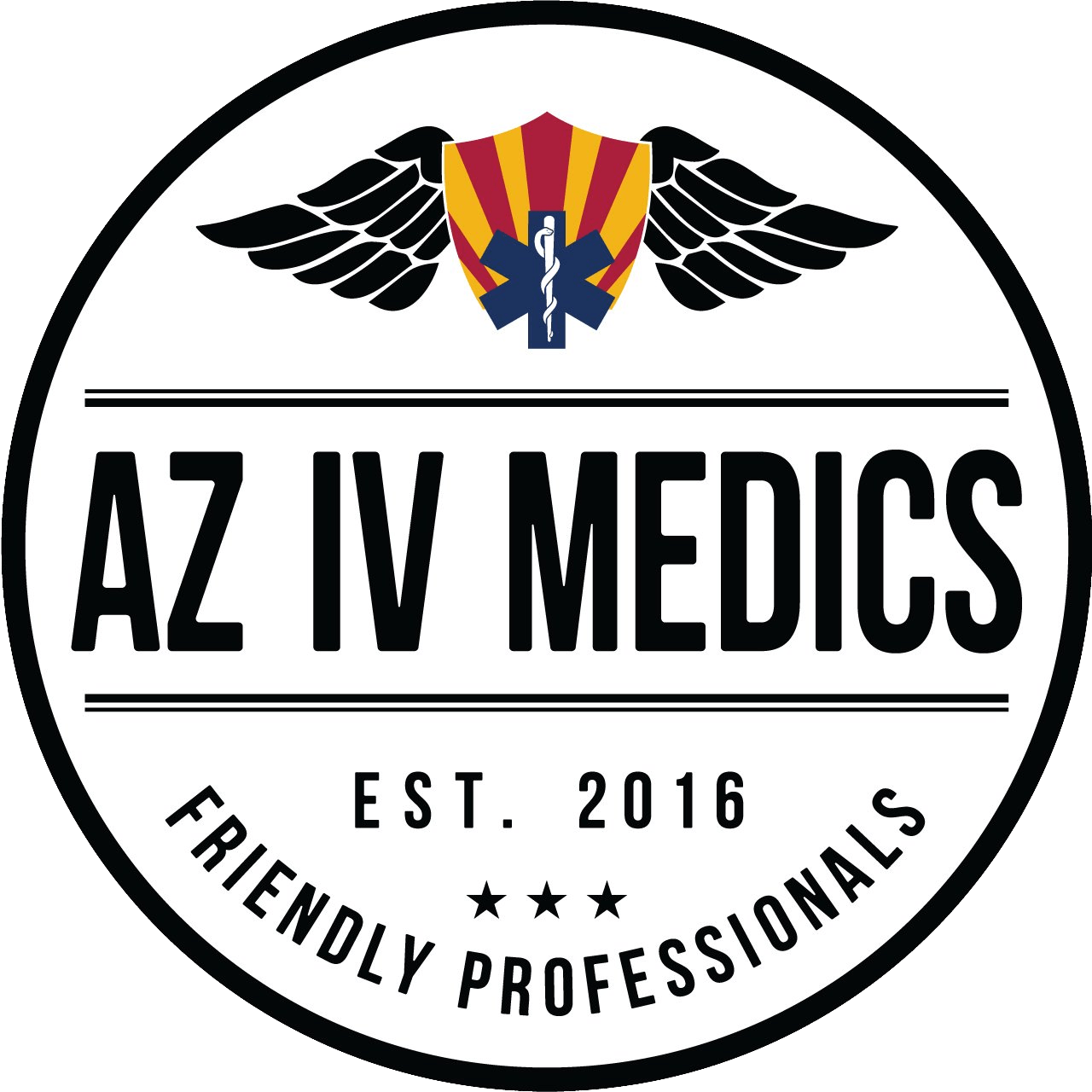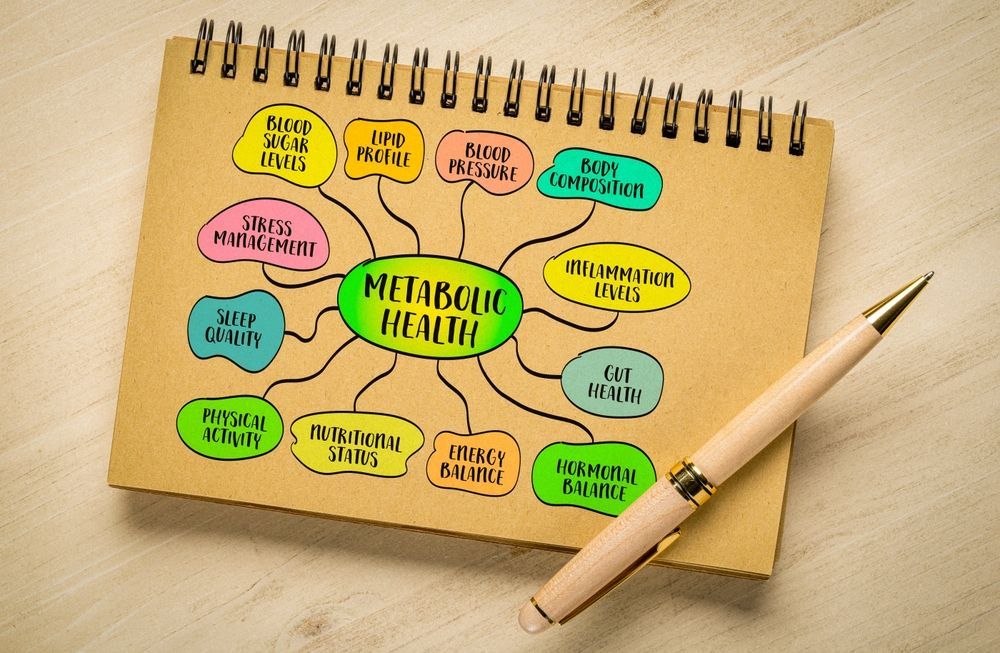How to Use IV Therapy for Pre- and Post-Event Recovery

In the world of sports and fitness, recovery is just as vital as preparation. One emerging method that athletes and active individuals are incorporating into their routines is intravenous (IV) therapy. This treatment is not just for medical emergencies; it has evolved into a popular recovery tool for enhancing performance and speeding up recuperation. This article will explore the ins and outs of IV therapy, its benefits for event recovery, types available, the process involved, and the safety considerations you should keep in mind.
Understanding IV Therapy
What is IV Therapy?
IV therapy involves delivering fluids, vitamins, minerals, and other nutrients directly into the bloodstream through a small needle. This method allows for quick absorption, leading to immediate benefits. While traditionally used in medical settings to treat dehydration and nutritional deficiencies, IV therapy has gained traction in wellness circles for event recovery. Many people are now seeking IV therapy for its potential to enhance overall well-being, boost energy levels, and even improve skin health.
The process typically takes place in a clinical or wellness center, where trained professionals administer the IV drip. Treatments are designed to cater to individual needs, whether it's boosting hydration levels or replenishing essential nutrients. Some clinics offer specialized formulations targeting specific concerns, such as fatigue, hangover recovery, or immune support. The personalized approach ensures that each patient receives the most effective blend of nutrients tailored to their unique lifestyle and health goals.
The Science Behind IV Therapy
The effectiveness of IV therapy lies in its ability to bypass the digestive system, which can often limit nutrient absorption. By introducing nutrients directly into the bloodstream, the body can utilize them more efficiently. This immediate bioavailability can lead to rapid improvements in hydration, energy levels, and overall recovery. Additionally, the infusion of vitamins such as B12 and C can enhance metabolic processes, further supporting the body's natural functions.
Research has shown that specific nutrient combinations may reduce inflammation, enhance cellular repair, and support optimal functioning of bodily processes. For athletes, this can mean a better performance and faster recovery times, making IV therapy an appealing option. Moreover, the therapeutic effects of certain compounds, such as magnesium and glutathione, are gaining attention for their potential to alleviate stress and promote relaxation, making IV therapy not just a physical boost but also a mental one. As the wellness industry continues to evolve, IV therapy stands out as a versatile treatment option that caters to both health enthusiasts and those seeking recovery after strenuous activities.
Benefits of IV Therapy for Event Recovery
Enhancing Pre-Event Preparation
Before an event, athletes often need to ensure they are optimally hydrated and fortified with essential vitamins and minerals. IV therapy can help achieve a state of readiness by delivering hydration and nutrients that may enhance stamina and improve focus.
A pre-event IV infusion may include a mix of electrolytes, amino acids, and vitamins like B12, which are essential in converting food into energy. With increased hydration and energy reserves, athletes can approach their event with confidence and vitality.
Accelerating Post-Event Recovery
Recovery is crucial after any intense physical activity. Post-event, the body requires nutrients to heal muscles, replenish energy stores, and restore electrolyte balance. IV therapy can significantly expedite this recovery process.
By infusing the body with hydration and necessary nutrients, athletes may experience reduced muscle soreness, decreased recovery time, and enhanced overall performance in subsequent training sessions or events. This ability to bounce back quickly often provides a competitive edge in sports.
Types of IV Therapy for Event Recovery
Hydration IV Therapy
The most basic yet essential type of IV therapy is hydration therapy. It focuses on restoring fluid balance in the body, which is crucial, especially after rigorous activity. Many athletes opt for this type of therapy to combat dehydration caused by sweat loss during intense training or competition.
Hydration IVs generally contain saline solution combined with electrolytes. Athletes often report feeling revitalized within minutes of receiving this treatment, which can help them return to peak performance levels faster.
Vitamin Infusion IV Therapy
Another popular option is vitamin infusion IV therapy, which is tailored to deliver specific vitamins and nutrients that athletes require for optimal performance and recovery. These infusions can include a mix of vitamins like C, B, and a variety of minerals.
This therapy can help reduce fatigue, enhance immune function, and support muscle recovery. Athletes might choose this option before or after an event to ensure their body has the necessary tools for effective recovery.
The Process of IV Therapy
Initial Consultation and Assessment
Before beginning IV therapy, it’s important to have an initial consultation with a healthcare provider. During this consultation, your individual health status, hydration levels, and specific recovery needs will be assessed.
The provider will discuss your goals, potential benefits, and tailor a treatment plan that suits your requirements. This personalized approach is key for maximizing the effectiveness of IV therapy during your pre- and post-event recovery phases.
Administering the IV Therapy
Once your treatment plan is established, the actual administration of the IV therapy begins. A trained professional will insert a small needle into your arm or hand to begin the infusion. Depending on the type of IV therapy chosen, the infusion may take anywhere from 30 minutes to a couple of hours.
Throughout the process, you can relax in a comfortable chair, often in a calming environment. Many clinics provide a range of amenities to make the experience as pleasant as possible, allowing you to leave feeling rejuvenated and ready to take on your next challenge.
Safety and Side Effects of IV Therapy
Potential Risks and Side Effects
While IV therapy is generally considered safe, it does come with potential risks. Some individuals may experience discomfort at the injection site, including bruising or infection. Rarely, more severe side effects such as allergic reactions can occur.
It’s vital to disclose any underlying health conditions or allergies to your healthcare provider before treatment to ensure safety. Understanding these risks will help mitigate potential complications.
Ensuring Safe Use of IV Therapy
To ensure safe use of IV therapy, always seek treatment from a licensed and accredited wellness center. Trained professionals should supervise the therapy process. Do not attempt DIY methods or treatments from unverified sources, as this can increase your risk of complications.
Additionally, communicate openly with your healthcare provider about your fitness level and recovery goals. With the right guidance and precautions, IV therapy can be an effective method to enhance your performance and support your recovery journey.
In summary, IV therapy presents an innovative approach to pre- and post-event recovery for athletes and active individuals. By understanding its benefits, types, process, and safety precautions, you can make an informed decision about incorporating this treatment into your recovery strategy.










